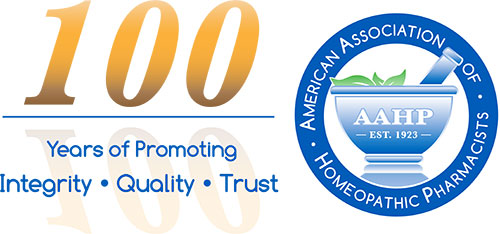AAHP Disclaimer: Continuing to Deliver Value After Five Years
The AAHP disclaimer, “Claims based on traditional homeopathic practice, not accepted medical evidence. Not FDA evaluated,” benefits from the best support among disclaimers I have seen – Use It!
Mark Land, AAHP President
In preparing to write this article, I reviewed a report I wrote about a year before FTC issued its guidance on homeopathic medicines. That article focused on a daylong FTC seminar on disclaimers that a few of us from the AAHP Board attended.
The workshop aimed at examining issues surrounding obtaining and holding the consumer’s attention, ensuring comprehension, dealing with attitudes, beliefs and perceptions, and ultimately motivating changes in behavior among consumers.
FTC and some plaintiff’s attorneys believe that the act of placing a product into the marketplace via advertising or placement on store shelves causes consumers to believe that its claims are substantiated by competent and reliable scientific evidence. Under this view, homeopathic marketers have an obligation to inform consumers of the exact nature of the evidence associated with therapeutic claims made for homeopathic drug products.
Now, nearly five years after FTC’s disclaimer requirement, there has been enough time for reflection on the success of the AAHP disclaimer. AAHP legal counsel, Al Lorman, recently reflected on how judicial and consumer protection organizations perceive the efficacy of the words “Homeopathic Medicine” in tandem with disclaimers on product labels in informing and protecting consumers. His article shows how both courts and consumer groups agree that that combination is adequate to inform consumers considering a homeopathic product.
Al discusses whether the disclaimer's use achieves both of its goals: first, to inform consumers about the nature of the evidence supporting homeopathic product claims, and second, to protect the seller from claims of misrepresenting the product. These two points have been confirmed by two courts and a major consumer organization.
As someone who was intimately involved in the development of the AAHP’s disclaimer statement under the direction of Al Lorman and Professor Jeremy Kees of Villanova University, I found the data was very clear. The consumer comprehension goals of the disclaimer were convincingly met. The adequacy of the disclaimer/homeopathic disclosure for retailers’ purposes is a matter now answered by courts and consumer organizations.
The AAHP disclaimer is an example of the power and savings provided by the association that continues to deliver value. AAHP hired a third-party consultant throughout 2017 to create proper disclaimer language and to keep the FTC informed of its efforts—a monumental task that would prove too costly for any one company. Firms that have not incorporated it onto packaging, websites, and advertising, do it now.
